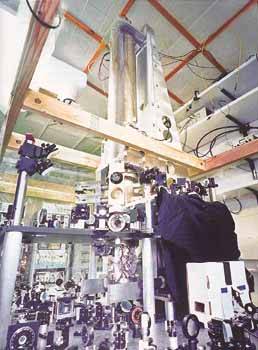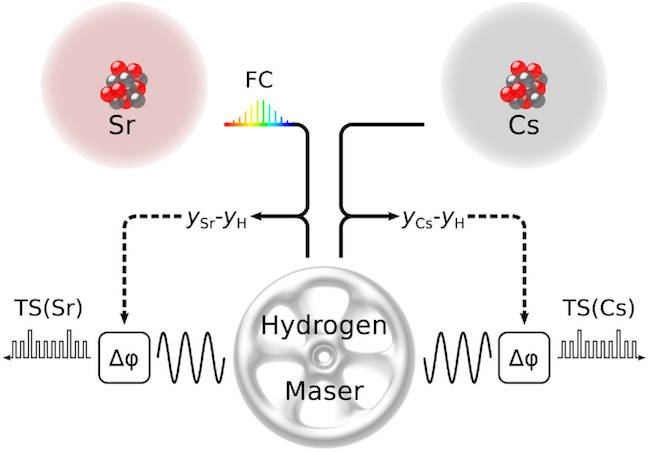

You can use an electronic counter to keep track of these transitions. Apply a specific frequency of electromagnetic radiation to an atom and its energy levels change. So while the world's best timekeepers could claim greater accuracy than the average watch or grandfather clock, they themselves were wrong about the "true" time.Īround the same period, quantum physicists suggested that atoms might contain a far better way of keeping time than Earth's rotation. In 1900, it was spinning almost 4 milliseconds slower, on average, than it was at the turn of the 21st Century. However, in the 20th Century scientists realised that our planet's rotation speeds up and slows down over the years, due to gravitational effects from the Moon, Sun and other planets, geological shifts within the core and mantle, and even oceanic and climatic changes. (This also applied to Universal Time, which replaced GMT in 1928.) Their pendulum was therefore the Earth itself, spinning at a seemingly predictable rate. The clocks at Greenwich were calibrated using the time it took for the Sun to reach the same position in the sky after a day. To deliver accurate time, all clocks require a periodic, repeating process – whether it's a swinging pendulum, or the electronic oscillations of a quartz crystal. The timekeepers of Greenwich might have laid a claim to operate some of the world's most accurate clocks, but they based their calculations on an unreliable reference: the time it took for Earth to spin through one rotation. And at the International Meridian Conference in Washington DC, more than 25 countries decided that GMT should become the international time standard.Īs the decades passed, however, it became clear that a better way of synchronising time was required. In the 1880s, the Greenwich time signal was sent across the Atlantic via submarine cable to Harvard in Cambridge, Massachusetts. It would drop at 13:00 each day, so that merchants, factories and banks could readjust their drifting clocks.Ī few years later, GMT was distributed by telegram nationwide as "railway time" – ensuring that the whole UK train network was aligned. In 1833, timekeepers added a ball to a mast at the Royal Greenwich Observatory in London. Advanced mechanical clocks kept there showed the "true" time: Greenwich Mean Time (GMT). Steam engines may have powered factories and transport, but they couldn't synchronise people and their activities.įor a while, the premier arbiter of this new shared time was Greenwich in London. For much of human history, this didn't matter: people worked when they needed to, didn't travel far, and if they wanted to know the time, could find out by checking a nearby sundial, town clock, or listening for church bells, or a call to prayer.Īs the historian Lewis Mumford once noted, it was therefore the clock, not the steam engine, that was the most important machine of the Industrial Revolution. Part of the reason was that there was no feasible way to synchronise every clock in a country, let alone right across the Earth. As recently as the 1800s, the US was operating with hundreds of different time standards, defined by cities and local railroad managers. At one place it was midday, but down the road it was 12:15. For centuries, it was impossible, and time could only be defined locally by the nearest clock. It wasn't always the case that everyone in the world kept the same time. Dig a little deeper, and you soon discover that time is more of a human construct than first appears. So, how did we arrive at this shared system of timekeeping in the first place, how does it stay accurate, and how might it evolve in the future? The answers involve looking beyond the clockface to explore what time actually is. For many industries and technologies we rely upon, from satellite navigation to mobile phones, time is the "hidden utility". Without these clocks – and the people, technology and procedures around them – the modern world would slowly drift into chaos. Along with around 400 others, placed all around the globe, they help the world define what time it is, right now, down to the nanosecond. They're called hydrogen masers, and they are extremely important atomic clocks. It's one of a few such devices held at the National Physical Laboratory in south-west London, helping to ensure that the world has an accurate shared sense of seconds, minutes and hours.

It's not dangerous, but if I were to meddle with the device, it might just disrupt time itself. Turns out it's a pretty important box, and the sign is there for a reason.

It's attached to a tall black box, on wheels, mounted in a steel protective case. I'm looking at a warning sign inside a laboratory in London.


 0 kommentar(er)
0 kommentar(er)
